Boiling raw peanuts has been a culinary tradition in many cultures for centuries. Savory, creamy, and packed with nutritional benefits, boiled peanuts are a popular snack enjoyed by millions around the world. In this comprehensive guide, we will explore the art of boiling raw peanuts, uncover their health benefits, discuss various cooking techniques, and even delve into creative recipes that elevate this humble legume to new heights. Table of Contents: 1. Understanding the Health Benefits of Boiled Peanuts a. Nutritional Profile b. Antioxidant and Anti-Inflammatory Properties c. Lower Glycemic Index d. Rich in Protein and Fiber 2. Selecting the Right Peanuts: a. Raw Peanuts vs. Green Peanuts b. Choosing High-Quality Peanuts c. Where to Buy Raw Peanuts 3. anuts?
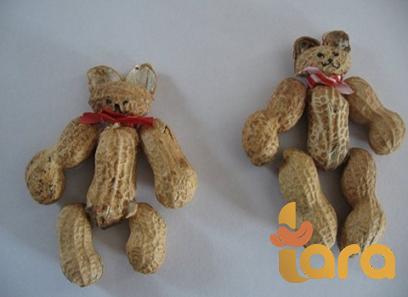
.
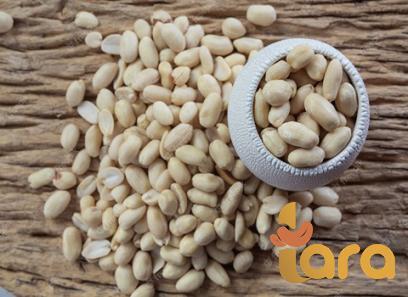 Preparing Raw Peanuts for Boiling: a. Sorting and Cleaning b. Soaking the Peanuts c. Flavoring and Seasoning Options d. Choosing the Right Salt 4. Various Techniques for Boiling Raw Peanuts: a. Traditional Stovetop Method b. Instant Pot or Pressure Cooker Method c. Slow Cooker Method d. Outdoor Steaming Method 5. Cooking Time and Texture: a. Soft and Tender vs. Firmer Texture b. Adjusting Cooking Time Based on Preference c. Testing for Doneness 6. Flavors and Seasonings: a. Classic Southern Boiled Peanuts b. Spicy Cajun Style c. Asian-Inspired Flavors d. Savory Herb Variations 7. Storage and Preservation: a. Refrigeration b. Freezing c. Canning 8. Creative Recipes Using Boiled Peanuts: a. Peanut Hummus b. Peanut Soup c. Peanut Salad d. Peanut Butter Cookies with Boiled Peanut Crumble 9. Frequently Asked Questions: a. Are boiled peanuts safe to consume? b. Can I boil raw peanuts without soaking? c. Can I boil peanuts with the shell on? d. How long can I store boiled pe
Preparing Raw Peanuts for Boiling: a. Sorting and Cleaning b. Soaking the Peanuts c. Flavoring and Seasoning Options d. Choosing the Right Salt 4. Various Techniques for Boiling Raw Peanuts: a. Traditional Stovetop Method b. Instant Pot or Pressure Cooker Method c. Slow Cooker Method d. Outdoor Steaming Method 5. Cooking Time and Texture: a. Soft and Tender vs. Firmer Texture b. Adjusting Cooking Time Based on Preference c. Testing for Doneness 6. Flavors and Seasonings: a. Classic Southern Boiled Peanuts b. Spicy Cajun Style c. Asian-Inspired Flavors d. Savory Herb Variations 7. Storage and Preservation: a. Refrigeration b. Freezing c. Canning 8. Creative Recipes Using Boiled Peanuts: a. Peanut Hummus b. Peanut Soup c. Peanut Salad d. Peanut Butter Cookies with Boiled Peanut Crumble 9. Frequently Asked Questions: a. Are boiled peanuts safe to consume? b. Can I boil raw peanuts without soaking? c. Can I boil peanuts with the shell on? d. How long can I store boiled pe
..
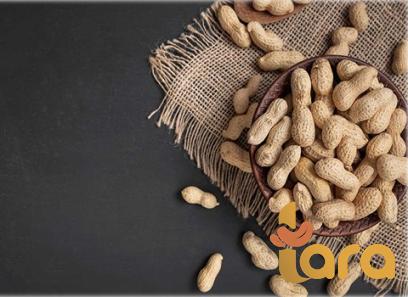 10. Conclusion Section 1: Understanding the Health Benefits of Boiled Peanuts a. Nutritional Profile: Boiled peanuts are an excellent source of protein, fiber, healthy fats, and essential vitamins and minerals. b. Antioxidant and Anti-Inflammatory Properties: Boiling peanuts increases the bioavailability of antioxidants, making them even more beneficial for your health. c. Lower Glycemic Index: Boiled peanuts have a lower glycemic index compared to roasted peanuts, making them a healthier choice for those watching their blood sugar levels. d. Rich in Protein and Fiber: Boiled peanuts provide a good amount of plant-based protein and dietary fiber, promoting feelings of fullness and aiding in digestion. Section 2: Selecting the Right Peanuts a. Raw Peanuts vs. Green Peanuts: Raw peanuts are dried peanuts that have not been roasted or cooked, while green peanuts are fresh, uncured peanuts. b. Choosing High-Quality Peanuts: Look for peanuts that are plump, uniform in size, free from mold or damage, and have a vibrant color. c. Where to Buy Raw Peanuts: Raw peanuts can be purchased at grocery stores, farmer’s markets, or online.
10. Conclusion Section 1: Understanding the Health Benefits of Boiled Peanuts a. Nutritional Profile: Boiled peanuts are an excellent source of protein, fiber, healthy fats, and essential vitamins and minerals. b. Antioxidant and Anti-Inflammatory Properties: Boiling peanuts increases the bioavailability of antioxidants, making them even more beneficial for your health. c. Lower Glycemic Index: Boiled peanuts have a lower glycemic index compared to roasted peanuts, making them a healthier choice for those watching their blood sugar levels. d. Rich in Protein and Fiber: Boiled peanuts provide a good amount of plant-based protein and dietary fiber, promoting feelings of fullness and aiding in digestion. Section 2: Selecting the Right Peanuts a. Raw Peanuts vs. Green Peanuts: Raw peanuts are dried peanuts that have not been roasted or cooked, while green peanuts are fresh, uncured peanuts. b. Choosing High-Quality Peanuts: Look for peanuts that are plump, uniform in size, free from mold or damage, and have a vibrant color. c. Where to Buy Raw Peanuts: Raw peanuts can be purchased at grocery stores, farmer’s markets, or online.
…
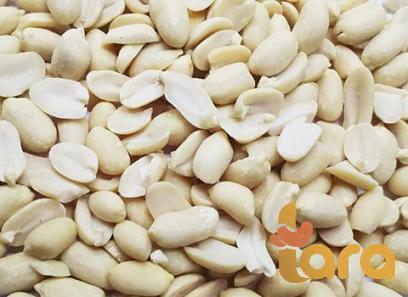 Section 3: Preparing Raw Peanuts for Boiling a. Sorting and Cleaning: Remove any damaged or discolored peanuts and rinse them thoroughly before boiling. b. Soaking the Peanuts: Soaking raw peanuts before boiling helps reduce cooking time and enhances flavor absorption. c. Flavoring and Seasoning Options: Experiment with various spices, herbs, and aromatics to infuse unique flavors into your boiled peanuts. d. Choosing the Right Salt: Consider using flaky sea salt or flavored salts to elevate the taste of your boiled peanuts. Section 4: Various Techniques for Boiling Raw Peanuts a. Traditional Stovetop Method: The stovetop method involves cooking raw peanuts in a pot of water for a few hours until tender. b. Instant Pot or Pressure Cooker Method: Using an Instant Pot or pressure cooker significantly reduces cooking time without compromising flavor. c. Slow Cooker Method: The slow cooker method allows for easy hands-off cooking, resulting in perfectly boiled peanuts. d. Outdoor Steaming Method: Steaming peanuts in an outdoor setup with a steam pot delivers a unique smoky flavor. Section 5: Cooking Time and Texture a. Soft and Tender vs.
Section 3: Preparing Raw Peanuts for Boiling a. Sorting and Cleaning: Remove any damaged or discolored peanuts and rinse them thoroughly before boiling. b. Soaking the Peanuts: Soaking raw peanuts before boiling helps reduce cooking time and enhances flavor absorption. c. Flavoring and Seasoning Options: Experiment with various spices, herbs, and aromatics to infuse unique flavors into your boiled peanuts. d. Choosing the Right Salt: Consider using flaky sea salt or flavored salts to elevate the taste of your boiled peanuts. Section 4: Various Techniques for Boiling Raw Peanuts a. Traditional Stovetop Method: The stovetop method involves cooking raw peanuts in a pot of water for a few hours until tender. b. Instant Pot or Pressure Cooker Method: Using an Instant Pot or pressure cooker significantly reduces cooking time without compromising flavor. c. Slow Cooker Method: The slow cooker method allows for easy hands-off cooking, resulting in perfectly boiled peanuts. d. Outdoor Steaming Method: Steaming peanuts in an outdoor setup with a steam pot delivers a unique smoky flavor. Section 5: Cooking Time and Texture a. Soft and Tender vs.

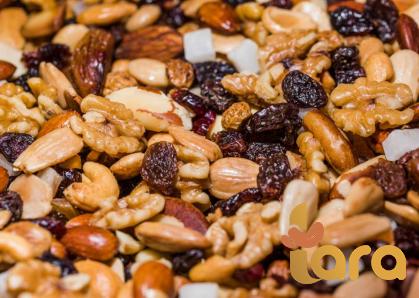
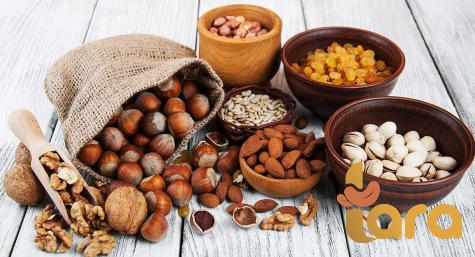
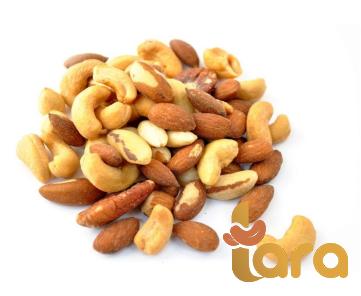
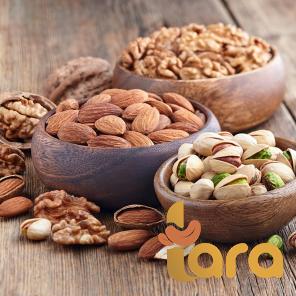
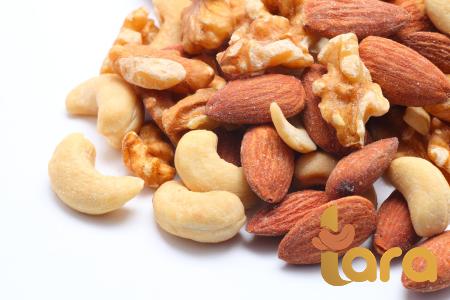
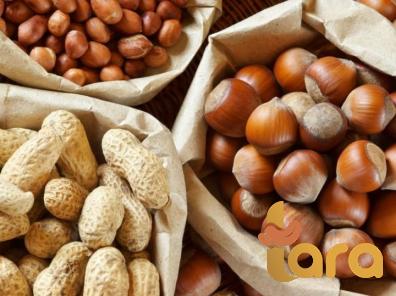
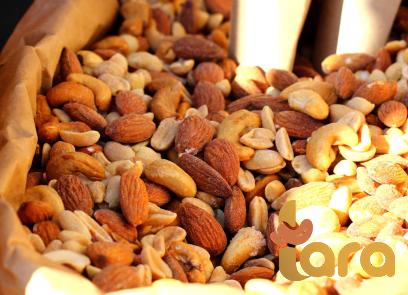
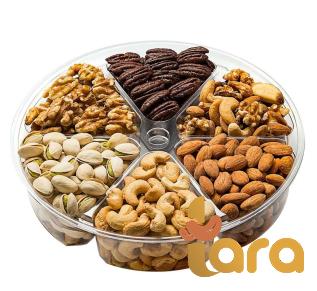
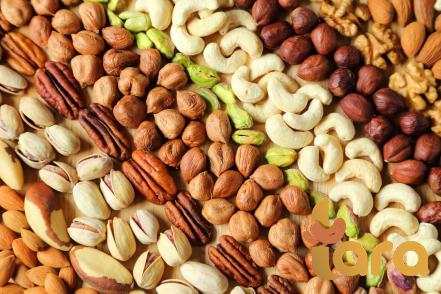
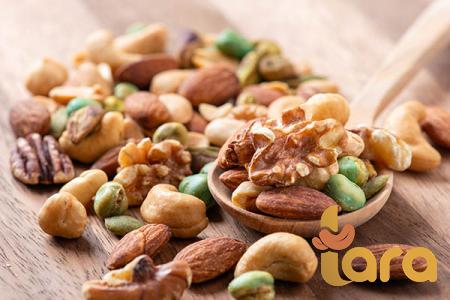
Your comment submitted.